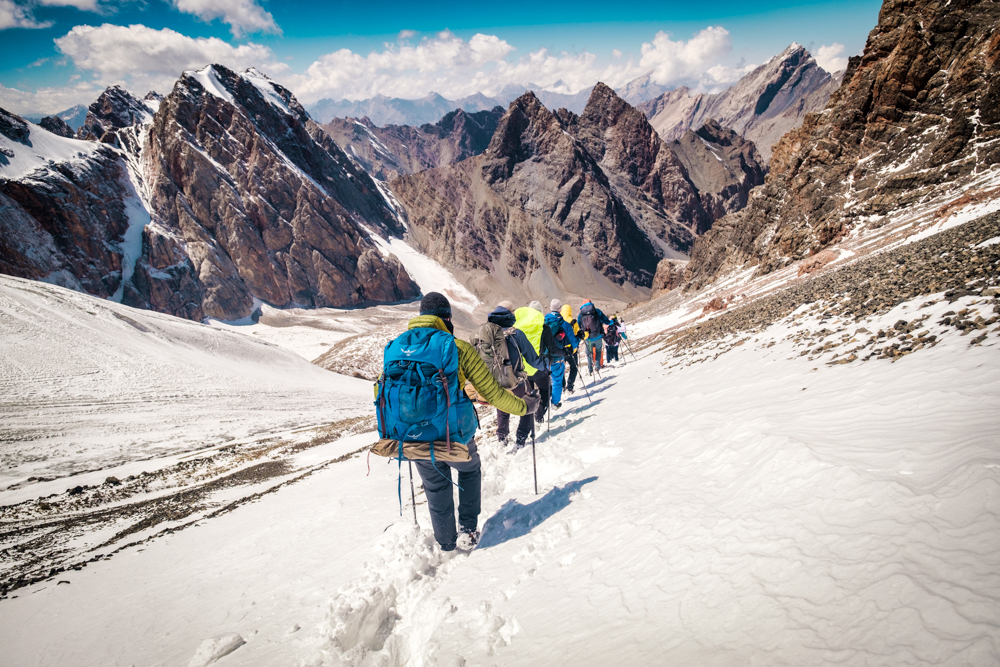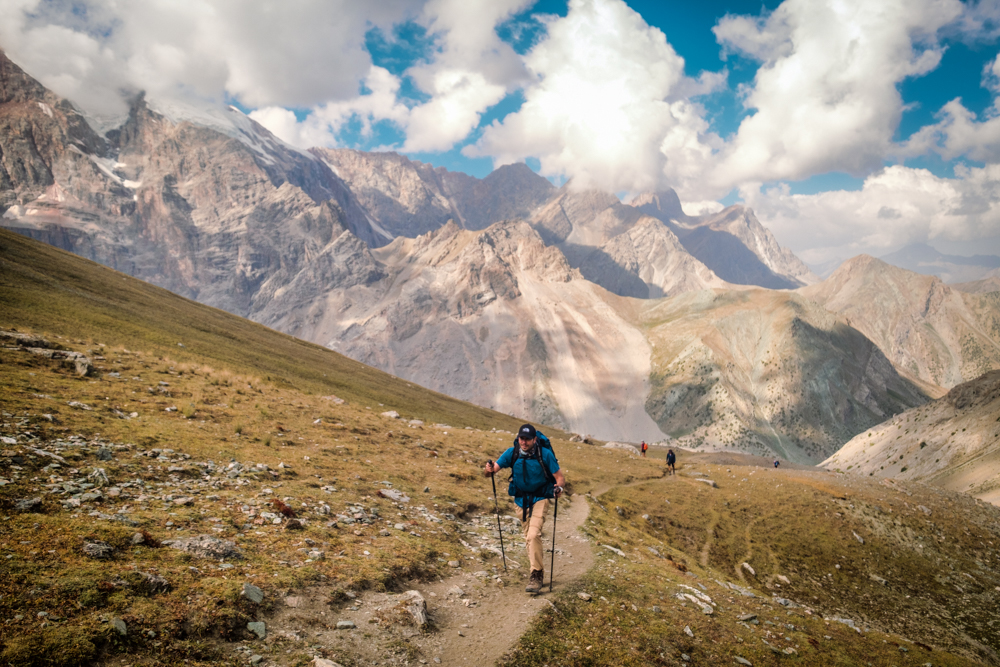A new study suggests that using trekking poles may not conserve energy, but does “save the legs”. We dig deeper into the science
On a recent trek through the Fann Mountains of Tajikistan, one of our group completed the nine-day foot journey without poles. At some point during the trek, every one of us asked him why he didn’t have them (I’m sure he grew tired of fielding the question) and took turns to recount their many benefits.
We told him that using trekking poles improved balance, reduced load on joints and muscles, aided with walking downhill and carrying heavy packs, made you hike faster and even helped you burn more calories (not really a good thing on a long trek). None of us though, knew any real science to back up this received wisdom.
Unsurprisingly, trekking pole manufacturers frequently claim that it’s been “scientifically proven” that using poles can reduce lower limb joint forces by as much as 25%, often citing a 1999 study in the Journal of Sports Science.
Fortunately, there have been a number of new studies drawing on the latest available technology.
A geographical divide?
One thing to come out of our discussion was that using trekking poles seems to be more commonplace in Europe than in North America and other parts of the world. I was one of only two Europeans while the rest of the group was made up of Americans, Indians, an Australian and a New Zealander.
“You just don’t tend to see them that much in Australia,” the Sydneysider who was sans-poles told us.
“It’s the same in New Zealand. People will look at you funny if you use them on the trails back home,” the Kiwi chimed in. The others all agreed that trekking poles are less prevalent outside of Europe. A quick internet search suggests their claim is more than just anecdotal.

Trailrunner, journalist and pole convert Adam Chase wrote in a 2022 article for Outside Magazine that he believes “one reason American trail and ultrarunners consistently lose races to their European counterparts is that their continental competition consistently trains and races with the aid of poles on their long, steep trails.” Let’s see if the science supports his theory.
What does the science say about using trekking poles?
In 2020, a review by Ashley Hawke and Randall Jensen published in Wilderness and Environmental Medicine…
Click Here to Read the Full Original Article at Atlas & Boots…
